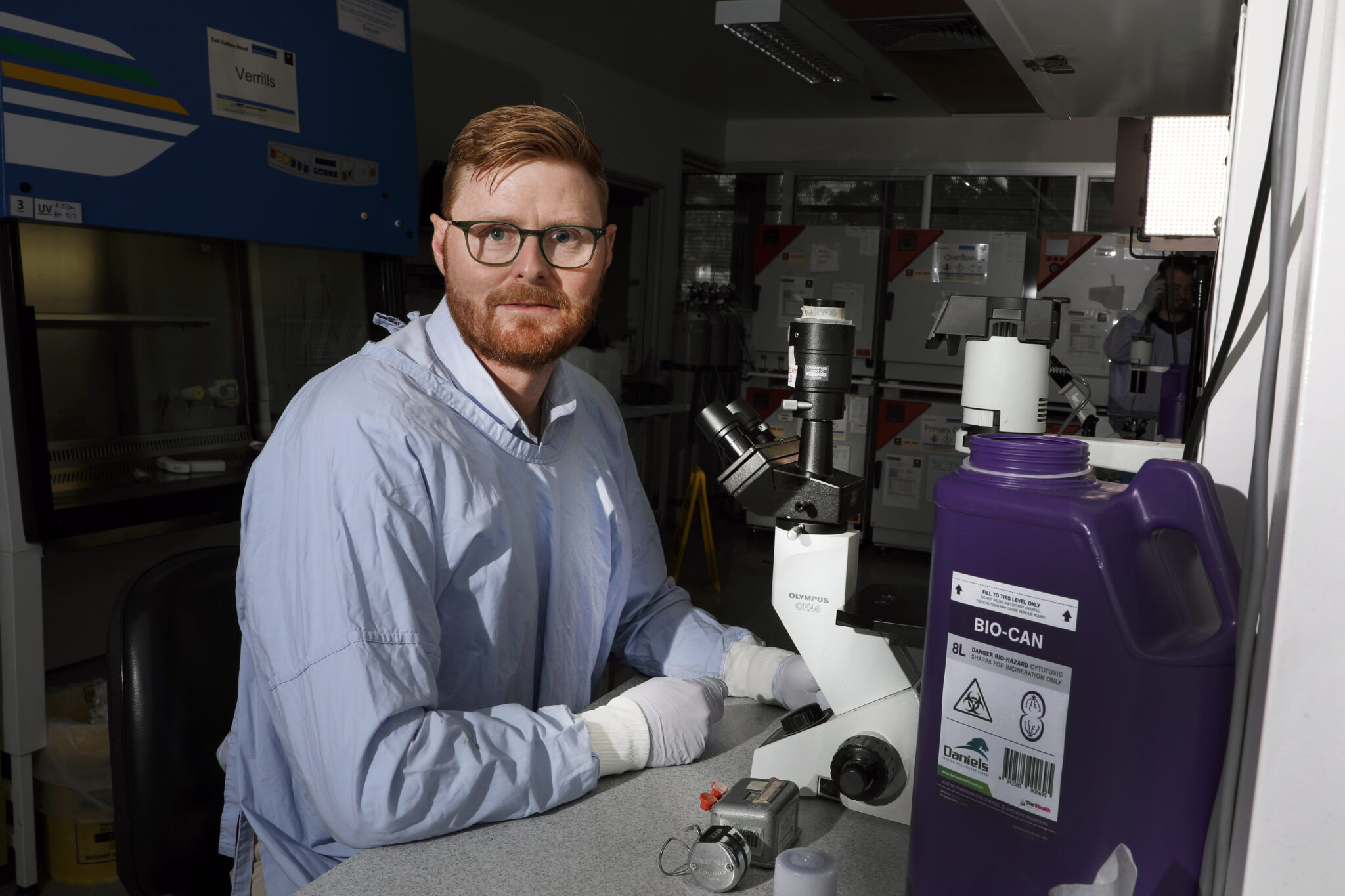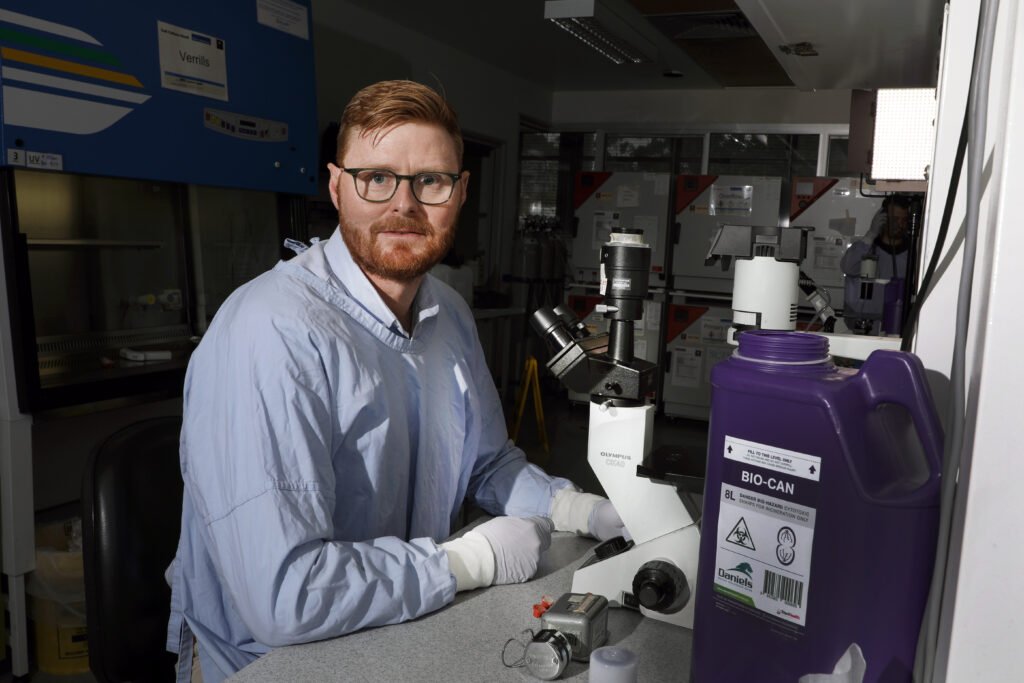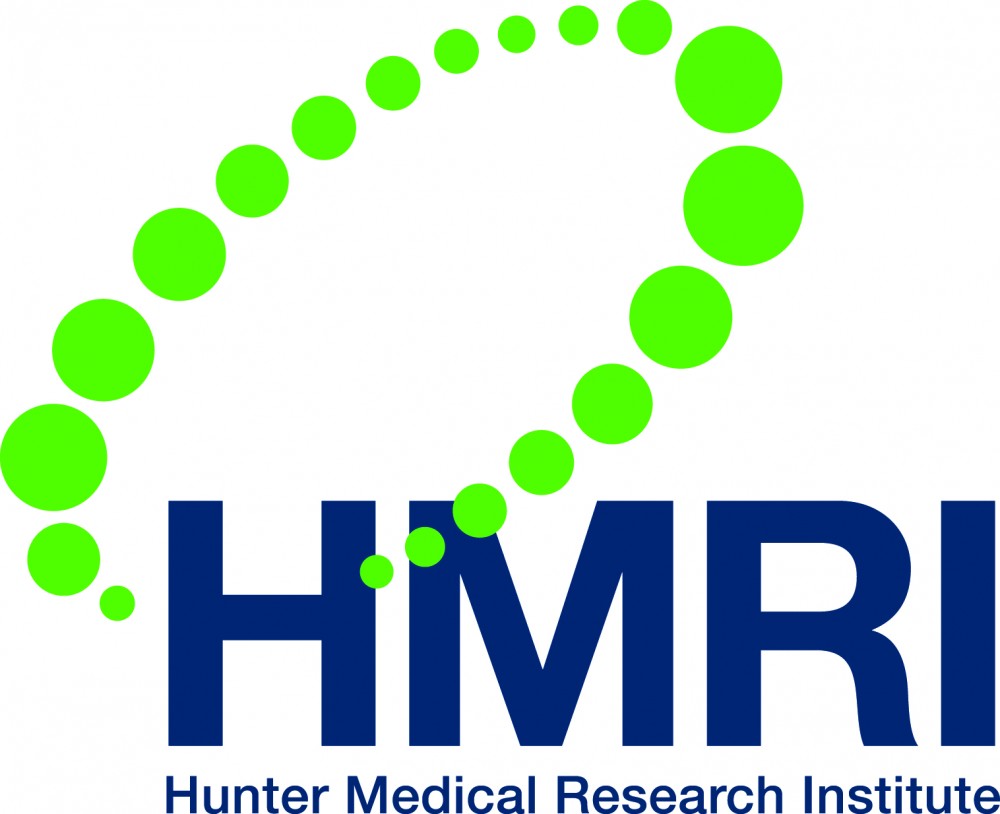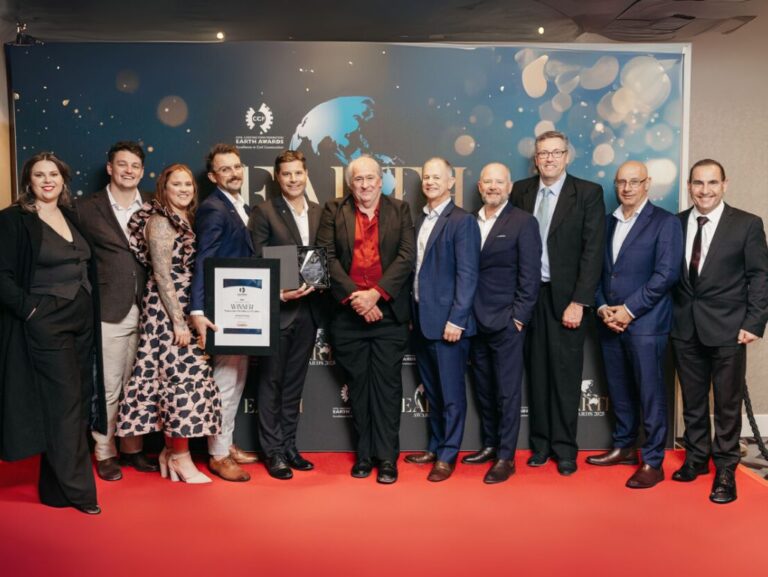In a world first, Newcastle researchers have discovered the mechanisms acute myeloid leukaemia (AML) cells use to produce free radicals – the by-product of a cell process that aggressively fuels the growth of cancer cells and limits the effectiveness of current treatments.
Published in Science Signalling, University of Newcastle (Australia) and Hunter Medical Research Institute (HMRI) researchers also identified a strategy to silence the production of free radicals in leukaemia cells, in turn strengthening their response to current therapies used to treat leukaemia patients.
The production of Reactive Oxygen Species (ROS), also known as free radicals, is a necessary and expected by-product of cell processes within the human body.
However, overproduction or uncontrolled ROS can cause damage to DNA, cells, and tissues, leading to disease.
In the case of cancer, malignant cells become addicted to ROS, using its destructive power to cause continual changes to cell growth and survival mechanisms, making them almost impossible to treat. Cancer cells also use ROS to amplify their growth through oxidation of proteins required for energy.
Biomedical Scientist, University of Newcastle Associate Professor Matt Dun, said reports of excessive ROS in cancer had increased in frequency in recent years, however before now, the specific mechanisms involved were poorly understood.
“We set out to investigate the source of ROS in leukaemia cells and how ROS influences leukaemia cell growth, survival and response to anti-cancer therapies,” Matt said.
“Importantly, we believed that if we could identify the way in which ROS was perpetuating the malignancy, we could find a way to mitigate ROS production and control or reduce leukaemia cell growth and survival.”
It is the first time the effect of ROS or free radicals has been characterised across the entire proteome, that is all proteins, in acute myeloid leukaemia.
Associate Professor Matt Dun said as ROS was believed to be a key player in almost all types of cancer, their discovery could potentially be effective for other types of cancer.
“Anti-cancer drugs typically work by targeting proteins, making our finding highly informative in leukaemia research circles, which we hope will translate to improved survival for future leukaemia patients,” Matt said.
To conduct the research, the team used a specialist technique known as high resolution proteomic profiling.
This involved assessing the range of proteins within blood cells from patients with acute myeloid leukaemia versus healthy blood cells, as it is proteins that control how cells grow and respond to, or resist, cancer therapies.
With the help of their Danish collaborators, the team assessed how ROS influenced proteins within leukaemia versus healthy cells.
“Our proteomic profiling showed that ROS-affected proteins were more highly expressed in some patients versus others, and, in those with high expression, we identified a genetic mutation common to each sample,” Matt said.
Silencing of acute myeloid leukaemia’s free radicals proteins identified as being affected in cancer samples are considered a therapeutic vulnerability.
In partnership with pharmaceutical company GlaxoSmithKline, the team tested its novel, ROS-targeting drug in the leukaemia models, discovering leukaemia cell growth was impeded.
This was particularly the case in models that mimicked drug-resistant types of leukaemia.
“If future clinical trials confirm safety and effectiveness of the ROS-targeting drug, this approach will likely help a large subset of people with acute myeloid leukaemia, including those with drug-resistant disease,” Matt concluded.
IMAGE | Biomedical scientist, University of Newcastle Associate Professor Matt Dun.







